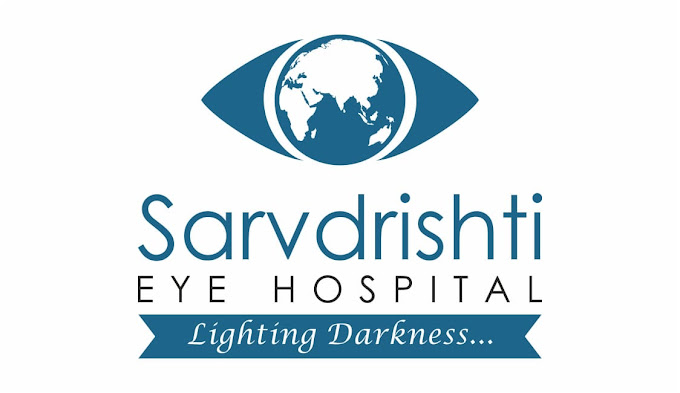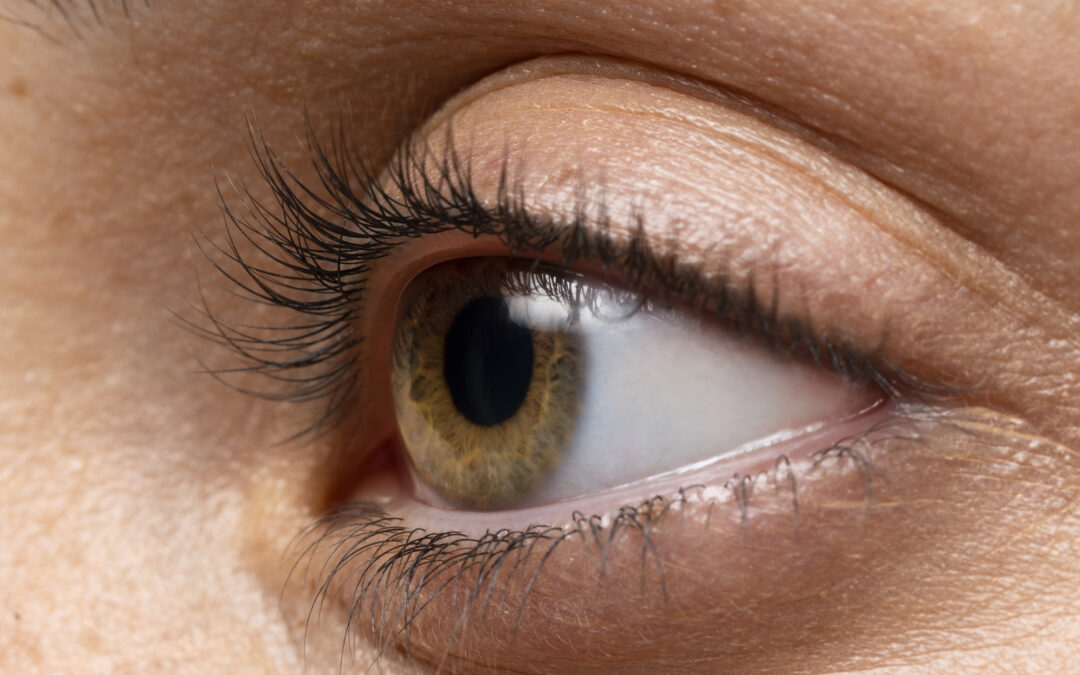Diabetic Retinopathy
Diabetic retinopathy, a complication of diabetes affecting the eyes, emerges as a significant concern for individuals with both type 1 and type 2 diabetes. This condition results from damage to the blood vessels in the tissue at the back of the eye (retina), leading to vision impairment and, if left untreated, blindness. Understanding its causes, recognizing its symptoms, and exploring treatment options is paramount in managing this condition effectively.
Causes:
The primary cause of diabetic retinopathy is the prolonged elevation of blood sugar levels. High blood sugar levels can damage the small blood vessels in the retina, leading to a cascade of complications. This damage initiates a series of responses within the eye, including the release of growth factors and inflammation, further exacerbating the condition. Factors such as the duration of diabetes, poor control of blood sugar levels, high blood pressure, and high cholesterol levels can increase the risk of developing diabetic retinopathy.
Symptoms:
In its early stages, diabetic retinopathy might not exhibit any noticeable symptoms. As the condition progresses, individuals may experience:
- Blurred vision: Blurriness or fluctuations in vision, especially after periods of stable vision, can indicate diabetic retinopathy.
- Floaters: Dark spots or strings floating in the field of vision can be a sign of bleeding within the eye.
- Impaired color vision: Difficulty perceiving colors or seeing color contrasts as vividly as before may occur.
- Vision loss: In advanced stages, diabetic retinopathy can cause significant vision loss or even blindness.
It’s crucial for individuals with diabetes to undergo regular eye examinations, as early detection of diabetic retinopathy can significantly improve treatment outcomes.
Treatment:
The management of diabetic retinopathy often involves a combination of medical interventions, lifestyle modifications, and, in some cases, surgical procedures. Key treatment modalities include:
- Blood sugar control: Tight control of blood sugar levels through diet, exercise, and medication is fundamental in preventing the progression of diabetic retinopathy.
- Blood pressure management: Keeping blood pressure levels within a healthy range is essential, as hypertension can exacerbate retinal damage.
- Laser therapy: Laser treatment, such as photocoagulation or focal laser therapy, is commonly used to seal leaking blood vessels and reduce abnormal blood vessel growth in the retina.
- Intravitreal injections: Anti-vascular endothelial growth factor (VEGF) medications injected directly into the eye can help reduce swelling and prevent the growth of abnormal blood vessels.
- Vitrectomy: In advanced cases where there is significant bleeding into the vitreous humor (the gel-like substance that fills the eye), a surgical procedure called vitrectomy may be necessary to remove the blood and scar tissue from the eye.
Additionally, adopting a healthy lifestyle, including regular exercise, a balanced diet, avoiding smoking, and managing other comorbidities such as obesity and high cholesterol, can contribute to overall eye health and help mitigate the progression of diabetic retinopathy.
In conclusion, diabetic retinopathy poses a significant threat to vision for individuals with diabetes. Understanding its causes, recognizing early symptoms, and pursuing timely treatment are paramount in preserving vision and preventing irreversible damage. By prioritizing blood sugar control, regular eye examinations, and adhering to treatment recommendations from healthcare providers, individuals can effectively manage diabetic retinopathy and safeguard their eyesight for years to come.

